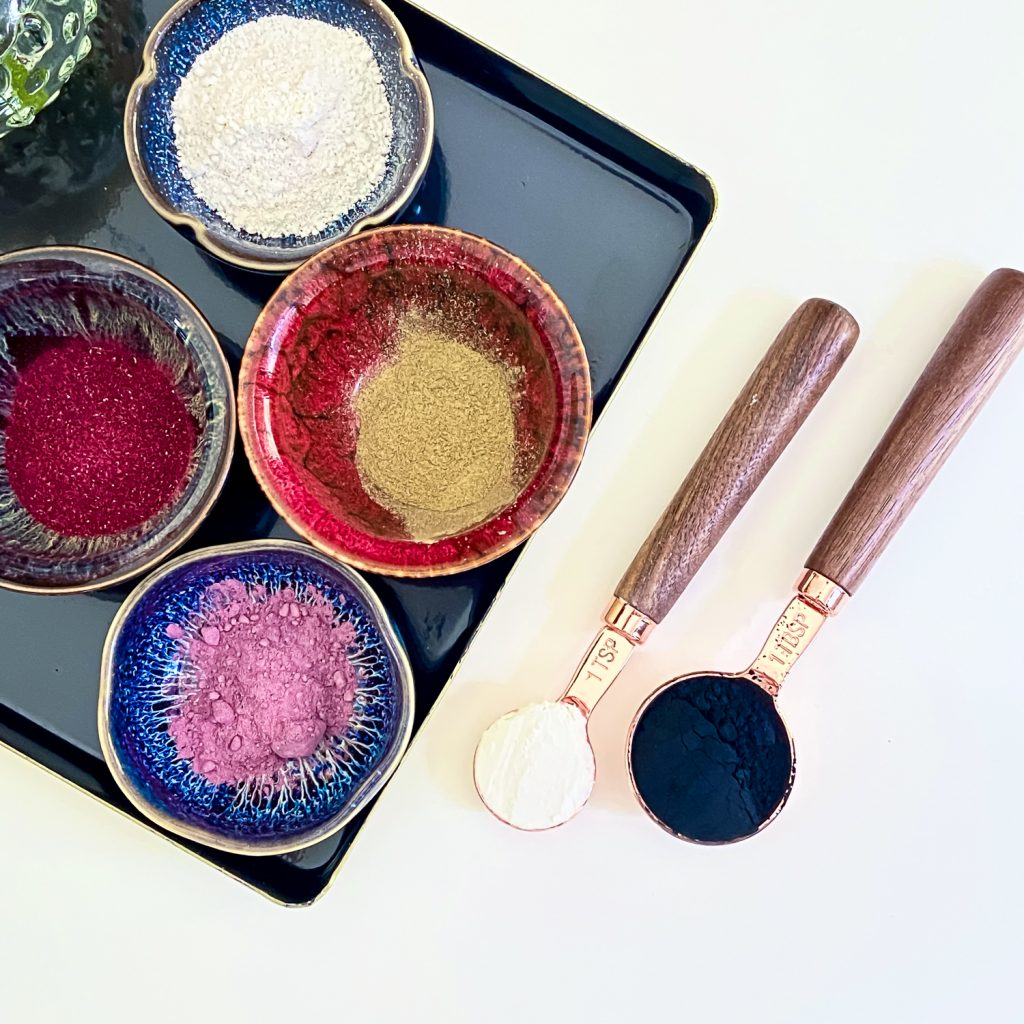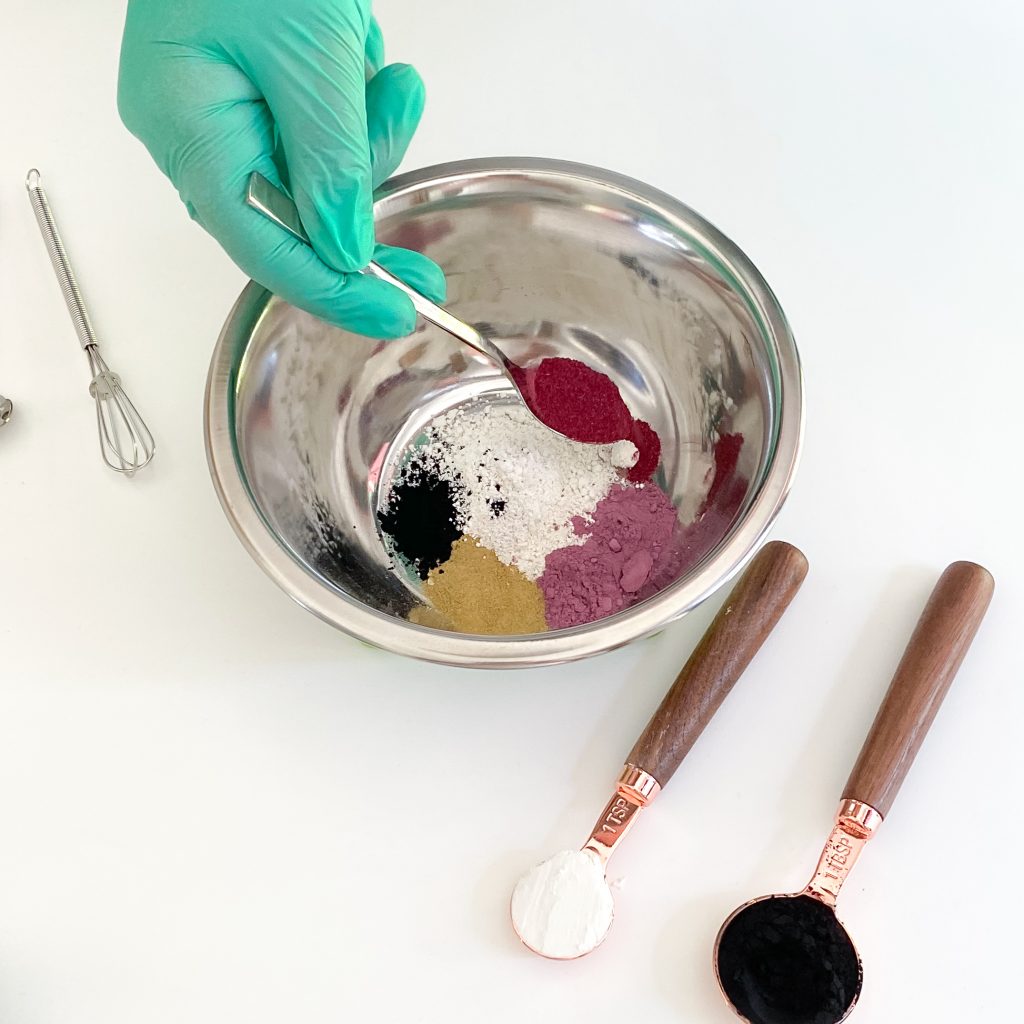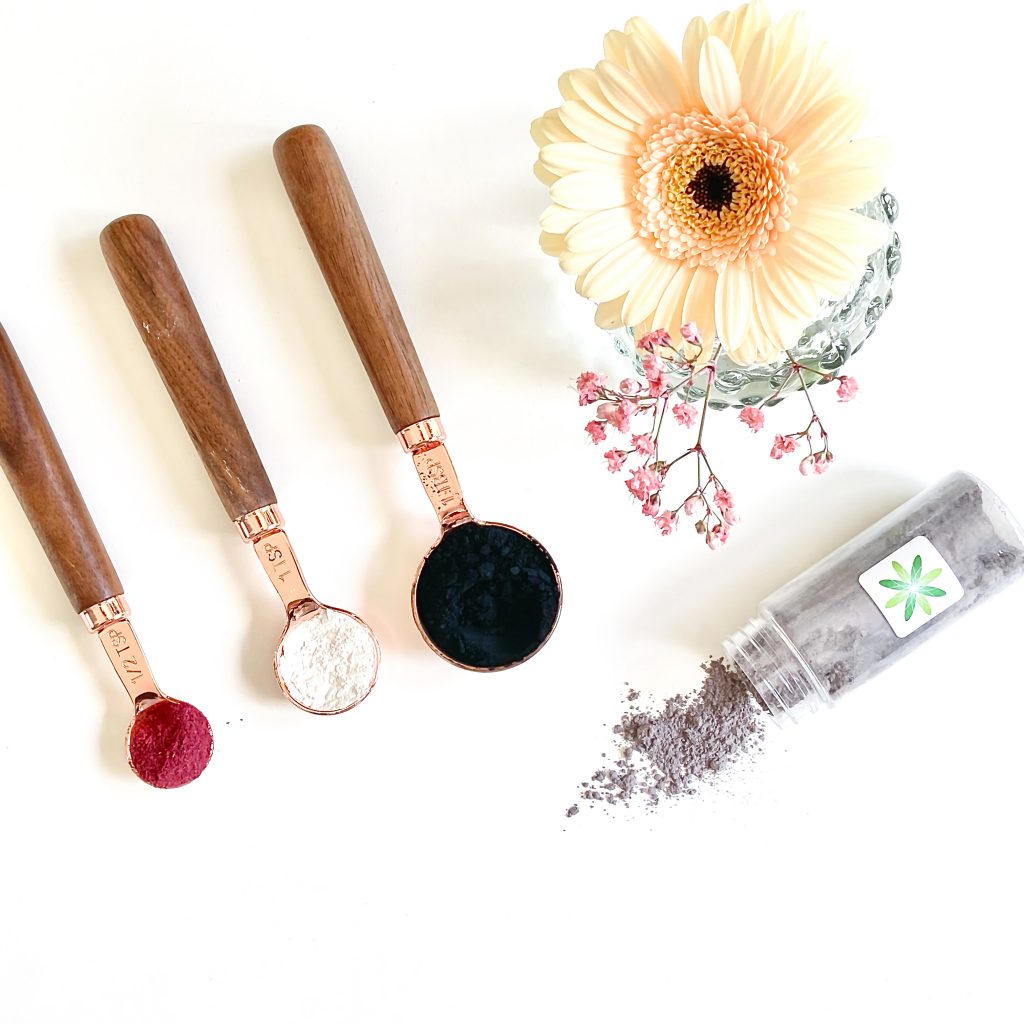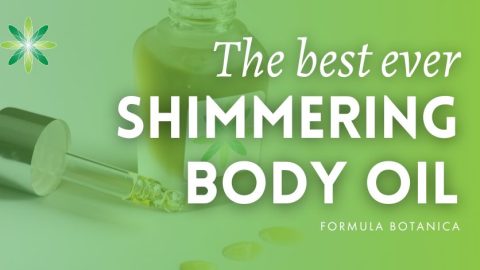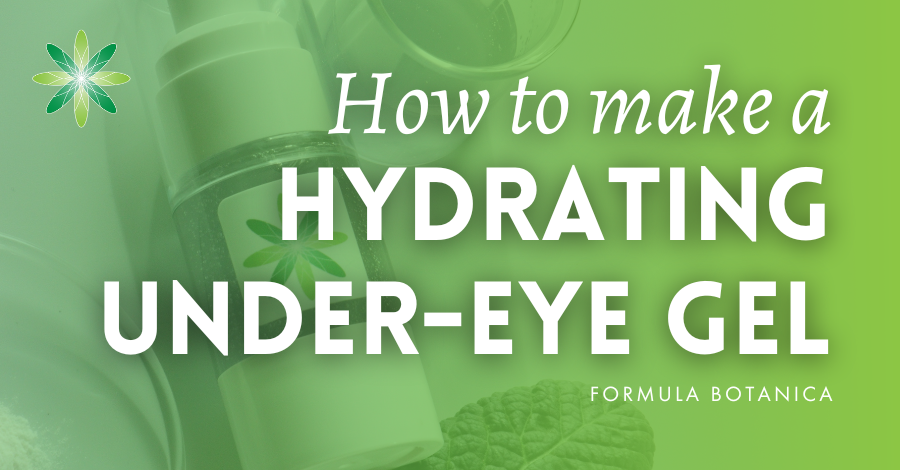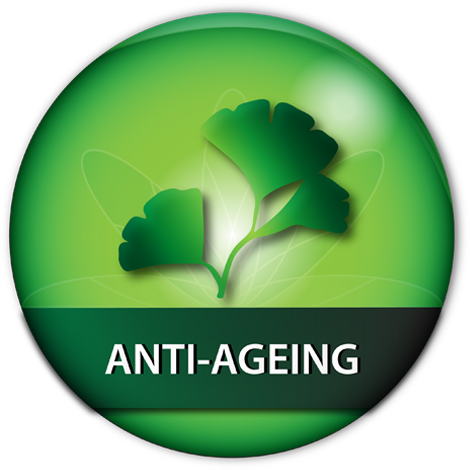Activated charcoal face masks have been trending for a while and yet there are still grey areas about what they are and how they work in our skincare routines. While a dry, powdered mask might seem a simple natural formulation to create, there are some important points to know when working with activated charcoal which we cover here along with our demo formulation.
What is a Facial Mask?
Facial masks are considered facial treatments to apply every so often rather than to use as daily skincare. This is mainly because of the concentrated ingredients facial masks tend to contain. Applying a favourite facial mask and letting it work its skincare magic can be one of the best ways to unwind after a long week.
The beauty of facial masks also is that there are plenty of options on the market from gel- and clay-based masks to gel-to-milk masks, superfood masks and more. (Pre-register for our Certificate in Facial Masque Therapy now, so you can join us for our next student intake).
We are sure you have your own favourite facial mask, but we want to show you here just how easy it is to formulate a simple, yet effective DIY facial mask using the popular ingredient of activated charcoal.
What is Activated Charcoal?
Charcoal is the unburned substance that remains after burning organic matter. Facial mask charcoal is derived mostly from coconut shells. If examined under a microscope, charcoal has a sponge-like texture. This spongy texture absorbs other substances easily which is why, for example, charcoal is used in water filters.
In cosmetics, charcoal’s absorbent properties are well-utilised in masks, in deodorants and facial cleansers. Thanks to its spongy texture, charcoal has a large surface area which enables it to ‘pick up’ substances such as grime and dirt as well as excess sebum and oils from the skin.
This may be one of the reasons why you see charcoal-containing cosmetic products using marketing slogans including the words ‘pore-cleansing’ or ‘blackhead removing’.
Why Do We Call Activated Charcoal ‘Activated’?
As we said, charcoal is residual matter produced by burning materials such as wood and coconut shells. This matter then goes through various processes such as steam treatment during which the surface area is expanded and the charcoal becomes ‘activated’.
According to one study, 50g of charcoal powder after activation can have a surface area as big as 17 football pitches. Perhaps this is the reason we don’t need a lot of charcoal in our formulation to make it effective.
When working with activated charcoal powder, please make sure you wear a protective face mask and gloves and protect your clothes. It is a fine powder and can irritate your airway when breathed in. It stains, so be careful when working with charcoal.
Key Ingredients in our Charcoal Face Mask
Key Ingredients
Diatomaceous earth
While popular as a food supplement, this kind of ingredient is in fact superb in skincare products too. Diatomaceous earth is actually from fossilised diatoms, which are single-celled organisms found in fresh water. It is high in silica and various minerals and used for its high absorbency power. You may have come across it in ready-made, peel-off masks offered by cosmetic ingredient suppliers. Under the microscope it has little shard-like particles, but it is gentle enough to be used on sensitive skin and has great exfoliating properties.
Marshmallow powder
Marshmallow is a fantastic plant. In this formulation, we are using the powdered root which secretes mucilage. This is excellent for soothing and softening the skin to leave it feeling moisturised.
Raw cacao powder
Cacao has been very popular with cosmetic brands for a long while on account of its theobromine content which has outstanding antioxidant properties. In addition, it also has polyphenols and various minerals. Adding cacao powder to your masks will help make them creamier and, of course, impart them with a wonderful chocolatey scent.
Rose petal powder
For centuries, rose has been used to perfume cosmetics. In this mask, it has in addition both cooling and soothing effects. It is therefore ideal to use in a leave-on mask where it can work to balance the pore-tightening and cleansing ingredients.
Rice powder
Rice powder is a silky, white powder and helps give the activated mask a velvety feel. It is a useful ingredient in our mask as it absorbs oils and reduces shine as well as temporarily minimising the visible signs of open pores, blemishes and fine lines.
Oat silk (colloidal oat)
Oat derivatives are used in facial masks for their non-irritating and cleansing properties. Colloidal oatmeal also contains around 5 per cent beta-glucan which is known as a natural, plant-based alternative to hyaluronic acid and is soothing and restorative, and excellent for use on mature or damaged skin.
Hibiscus powder
Apart from its gorgeous hue, we are using hibiscus powder as a gentle exfoliating agent and also because it is rich in antioxidants thanks to its anthocyanins; a type of flavonoid that also gives it its ruby colour. Hibiscus powder is also a source of vitamin C which, together with its antioxidant properties, acts to stimulate skin cell renewal.
Now it’s your turn to make your own facial mask using these fabulous beneficial and fragrant ingredients alongside the activated charcoal powder.
Our Formulation: Activated Charcoal Face Mask
This formula makes 50g of product.
Time needed: 15 minutes.
| Phase | Ingredients | Weight (grams) |
| A | Diatomaceous earth | 15.00 |
| A | Rose petal powder | 12.50 |
| A | Cacao powder | 7.50 |
| A | Marshmallow powder | 5.00 |
| A | Micronised rice powder | 4.00 |
| A | Activated charcoal powder | 2.50 |
| A | Oat silk (colloidal oat) | 2.00 |
| A | Hibiscus powder | 1.50 |
| Total: 50.00 |
- Weigh all ingredients into a bowl and blend well.
- You can run the mixture through a coffee grinder to ensure even blending. Make sure you wear a mask and that you let the grinder settle before opening it
Learn how to make an activated charcoal face mask at home with @FormulaBotanica's expert tuition. #facemask #facemasks #masking #DIYBeauty Click To Tweet
How to Activate your Charcoal Face Mask?
How you activate your mask is down to personal choice, but you can use hydrosols, toners or water. Take a teaspoonful of powder in a glass bowl and add the liquid of your choice. You can add more or less liquid to the powders depending on how creamy you like your mask to be.
Apply the mask on your face with a mask brush. Try not to let it dry completely, but if that happens, spray some water or toner on the skin. Dried masks are very uncomfortable as they can drag and hurt the skin.
Before washing the mask off, try to rub the skin gently with damp fingertips. The diatomaceous earth and the rice powder allow this mask to be transformed into a gentle exfoliant.
Wash the mask off fully, pat your skin dry and then apply your favourite moisturiser.
Formulation Tips & Tricks
Now that we’ve walked you through our activated charcoal mask formulation, it’s time to have a go at making your own version! To get you started, we’ve summarised a few helpful formulation tips for you:
- You can use a bi-phase product to activate the masks. If you have dry skin, you may prefer this option because the oil content in the bi-phase product will ensure the mask won’t dry out. Ensure you shake the bi-phase product well before using it in your mask.
- Try adding the mask powder to your favourite emulsion to create a cream-based type of mask.
- Try adding some coconut milk powder to your formulation and reduce the diatomaceous earth.
- Use various fruit powders instead of rose petals but be careful as fruit powders tend to absorb moisture and may make your blend clumpy over time. Banana powder would work well here as it is a superb moisturiser.
- Instead of marshmallow, you can try other herbal powders such as moringa, nettle or even powdered chamomile.
Suppliers
Need some help finding some of these ingredients? Check out some of our choice suppliers in the list below.
Charcoal
- US: Making Cosmetics
- EU & UK: The Soap Kitchen
Diatomaceous earth (you can use food-grade)
- US: DiatomaceousEarth.com
- UK: Natural Supplies
- EU: Alexmo Cosmetics
FAQs
Charcoal’s absorbent properties are well-utilised in masks, in deodorants and facial cleansers. Thanks to its spongy texture, charcoal has a large surface area which enables it to ‘pick up’ substances such as grime and dirt as well as excess sebum and oils from the skin.
According to one study, 50g of charcoal powder after activation can have a surface area as big as 17 football pitches. For that reason, we don’t need a lot of charcoal in our formulation to make it effective.
Because you don’t need much charcoal in your face mask for it to be effective, you can include lots of interesting botanical, herbal or fruit powders in your face mask blend. Examples include other clays such as pink clay or green clay, or herbal powders such as marshmallow powder, cacao powder or rose petal powder.
How you activate your mask is down to personal choice, but you can use hydrosols, toners or water. Take a teaspoonful of powder in a glass bowl and add the liquid of your choice. You can add more or less liquid to the powders depending on how creamy you like your mask to be.
Join us at Formula Botanica, where tens of thousands of students and followers take our free and paid online courses to learn how to formulate organic skincare and haircare for themselves or to sell.
Want to become a professional organic skincare formulator, so you can confidently create your own face mask formulations? Sign up now for our free online course and learn the secrets of becoming a formulator.
FREE FOUNDATION COURSE
How to become an
Organic Skincare Formulator
FREE TRAINING
How to become an
Organic Skincare Entrepreneur
FREE TRAINING
How to become an
Organic Skincare Entrepreneur
Leave us a comment
Lorraine Dallmeier is a Biologist, Chartered Environmentalist and the CEO of Formula Botanica, the award-winning online organic cosmetic science school. Read more about Lorraine and the Formula Botanica Team.


